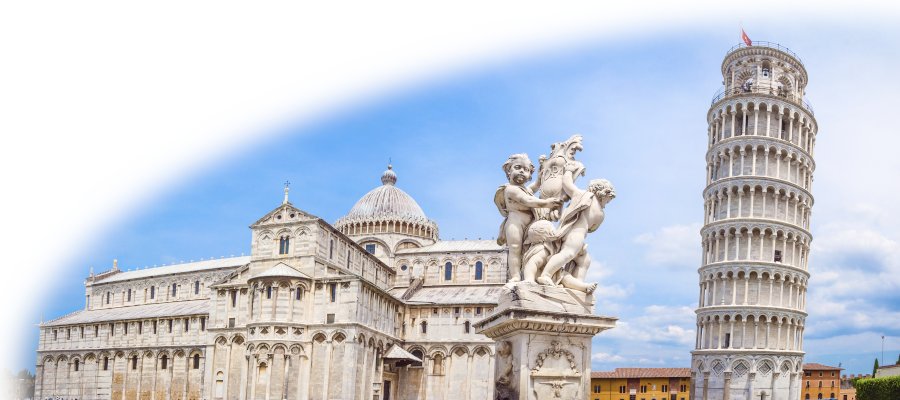-
 See all ...View our full range of attractions, activities and destinations ...
See all ...View our full range of attractions, activities and destinations ...-
- Michelangelo's David
- Uffizi Gallery
- Florence Cathedral
- Palazzo Vecchio
- Pitti Palace
- Boboli Gardens
- Vasari Corridor
- Bargello
- Santa Croce
- Brancacci Chapel
- Medici Chapels
- Florence tours
- Walking tours
- Art tours
- Segway tours
- Bicycle tours
- Bus tours
- Cooking course
- Wine tasting
- Florence excursions
- Airport shuffle
- Train tickets
- Colosseum tickets
- Colosseum tours
- Colosseum dungeons
- Colosseum by night
- Vatican tickets
- Vatican tours
- Private Vatican tours
- St Peter's Basilica
- Borghese Gallery
- Domus Aurea
- Caracalla baths
- Castel sant'Angelo
- Palazzo Valentini
- Roman catacombs
- Rome tours
- Rome private tours
- Rome Segway
- Rome by bike
- Rome bus tours
- Train tickets
-
-
 FlorenceNew OffersFlorence, 'Cradle of the Renaissance', home to Michelangelo's David, the Uffizi Gallery ...
FlorenceNew OffersFlorence, 'Cradle of the Renaissance', home to Michelangelo's David, the Uffizi Gallery ...-
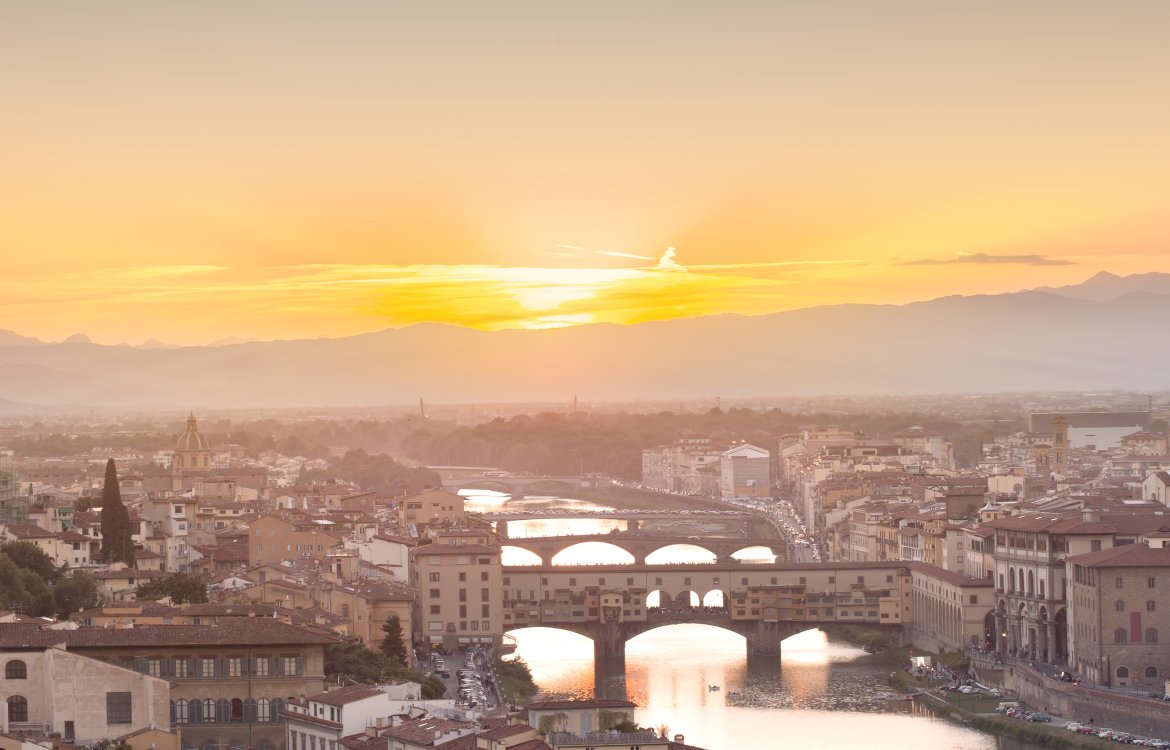 Discover Florence
Discover Florence
Florence - Firenze - is many things; the heart of Tuscany, a Renaissance jewel, a true city of art. It's home to the Uffizi, one of the oldest museums in the world, and the Accademia, home to one of the most famous statues in the world - David. The incredible Cathedral - Duomo dominates the skyline, with Brunelleschi's fabulous dome - cupola, and Giotto's mighty clock-tower - campanile.
Background, must-sees and map of Florence, "Cradle of the Renaissance":
Explore Florence
-
-
 RomeLate dealsRome, the 'Eternal City', explore the Colosseum, The Roman Forum, the jewels of Ancient Rome ...
RomeLate dealsRome, the 'Eternal City', explore the Colosseum, The Roman Forum, the jewels of Ancient Rome ...-
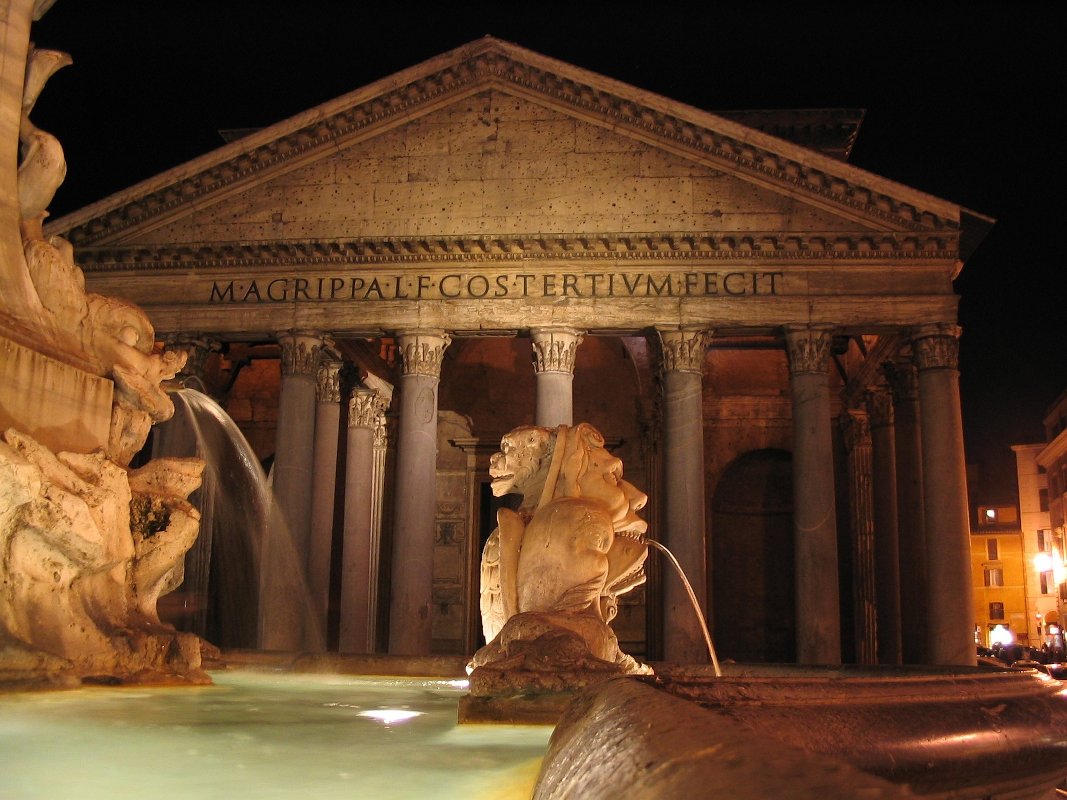 Discover Rome
Discover Rome
Rome - Roma - is the Classical city of the Forum, the Pantheon and the Colosseum. It is pagan temples, early Christian Churches, Renaissance Basilicas, the Vatican of course. Rome is an architectural masterclass in the Classical, the Romanesque and all flavours of Gothic architecture, of the Baroque. And it is the romantic city of the Trevi Fountain and the Spanish Steps.
Background, must-sees and map of Rome, "The Eternal City":
Explore Rome
-
-
 The VaticanSkip the linesThe Vatican and St Peter's, home of the Catholic Church and the treasures of the Vatican Museums ...
The VaticanSkip the linesThe Vatican and St Peter's, home of the Catholic Church and the treasures of the Vatican Museums ... -
 VeniceVenice, the floating city. Wonder at the Doge's Palace, St Mark's Square, and explore the canals by gondola ...
VeniceVenice, the floating city. Wonder at the Doge's Palace, St Mark's Square, and explore the canals by gondola ... -
 MilanLast Supper ExclusivesMilan, home of fashion, the fabulous Gothic Duomo, and, of course, Leonardo da Vinci's Last Supper ...
MilanLast Supper ExclusivesMilan, home of fashion, the fabulous Gothic Duomo, and, of course, Leonardo da Vinci's Last Supper ...-
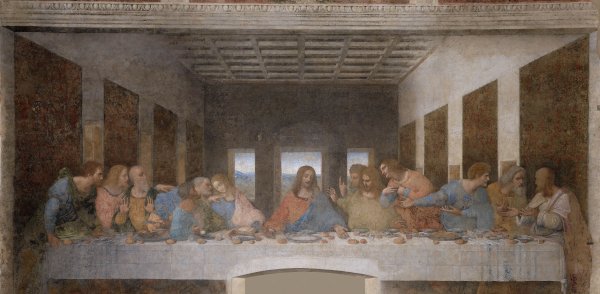 Da Vinci's Last SupperWe have specialised in Last Supper
Da Vinci's Last SupperWe have specialised in Last Supper
tickets and tours for over 15 years.
Availability is always limited and
advanced booking is essential.
Check availability
-
-
 PisaSkip the linesPisa, home to the must-see Leaning Tower of Pisa and the nearby annual Andrea Bocelli concert.
PisaSkip the linesPisa, home to the must-see Leaning Tower of Pisa and the nearby annual Andrea Bocelli concert.  Tailor-made Private ToursCustom private tours and excursions on request
Tailor-made Private ToursCustom private tours and excursions on request
- Best sellers:
- Tailor-made tours
- David, Florence
- Uffizi Gallery
- Vatican
- Last Supper
- Pisa Tower

Ca Rezzonico, Venice, Italy - information and booking
Book tickets for Ca' Rezzonico
Ca Rezzonico - ticket types, opening times, how to gain admission
Ca Rezzonico, Venice, Italy - visitor information
The Ca’Rezzonico, dedicated to exploring and explaining 18th century Venice, is perhaps one of the lesser-known museums in the city. It’s also one of the most important and the most intriguing, offering a glimpse behind the scenes of life in Venice’s great days. The chequered history of the Ca’Rezzonico — passing from hand to hand as families grew wealthy then fell from power — is a micro-history of Venice itself.
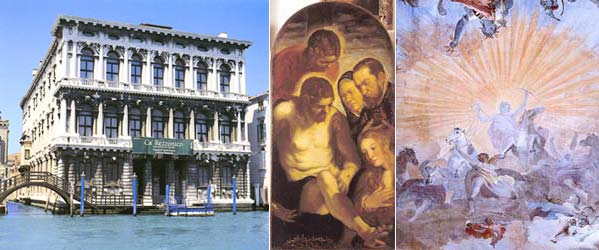
The name means ‘house of the Rezzonico family’ but this isn’t even half the story. In 1649, Filippo Bon, head of one of Venice’s most important families, commissioned a palace to be built at the junction of the Grand Canal and the Rio di San Barnaba. It was a prime site, occupied by two houses owned by the Bons, and the new building was to be a concrete expression of the family’s wealth and status. The architect was Baldassare Longhena, the master of the Venetian Baroque style, which was now replacing the Venetian Gothic style of earlier palazzos such as the Ca’ d’Oro.
We see a symmetrical marble façade of pilastered, rounded arches. The rusticated ground floor face has a central recessed, three-bay portico with pediment, flanked by bay windows. Up to the piano nobile floor and we see seven bays of arched windows, divided by pilasters. The next piano nobile floor is identical, and then there is a shallow mezzanine floor of oval windows. On these floors, balconies project slightly, accentuating the baroque nature of the façade.

This was a monumental exercise; medieval cathedrals have been built in less time. Longhena died in 1682, his masterpiece still unfinished, and the cost contributed to Filippo Bon’s financial ruin. The new owners were the Rezzonico family, part of the new rich of Venice who, grown fat from the war with Turkey in the mid-1600s, were supplanting the old (and now bankrupt) Venetian aristocracy. But if this was new money, it was well spent. In 1756, paterfamilias Giambattista Rezzonico commissioned Giorgio Massari to finish the palazzo: a century after they had started on their project, the ruined Bons were still living in a half-finished palace.
By 1758 Massari had finished the building, carefully following Longhena’s plan while adding notes that reflected the evolution of Venetian Baroque in the intervening decades. Now the Rezzonicos commissioned frescoes to decorate the palace: Guarana, Diziani and Tiepolo were the artists chosen. Still in place today, these frescoes in the piano nobile state rooms are among the best preserved in Venice.
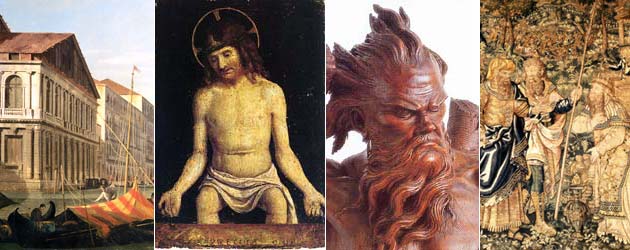
Massari created a superb ballroom, its walls decorated in trompe l’oeuil by Pietro Visconti. There are marble balustrades with statuary by Giusto Le Court. The ceiling, by Giovan Battista Crosato, shows Apollo riding his chariot across Europe, Asia, Africa and the Americas. Such images reflect the confidence of the Rezzonicos at the time … but such hubris can presage a fall.
These floors house the Chapel and the extraordinary Nuptial Room (decorated for the 1758 wedding of Ludovico Rezzonico to Faustina Savorgnan, a match which joined two of Venice’s most powerful families). Here we see the pair drawn across the skies in Apollo’s chariot. The same year, Giambattista’s son Carlo was elected Pope Clement XIII: the Rezzonico’s were in their pomp.
Now the fall. By the early 19th century the Rezzonicos were bankrupt, and the palazzo passed through various hands, becoming home to poet Robert Browning and his son, painter Robert Barrett Browning in the 1880s. American artist John Singer Sargent also had a studio here. The final private owner was the eccentric Count Lionello von Hierschel de Minerbi, who stocked the palazzo with further objets d’art until, in 1935, funds dried up. The Ca’Rezzonico had ruined another ambitious owner.
Since 1935, the Ca’Rezzonico has been owned by the City Council of Venice, which uses it to display part of its vast collection of 18th century art, much of it overspill from the Museo Correr. The Ca’Rezzonico has become home to pieces (often entire rooms) salvaged from other distressed 18th century Venetian palazzos. Important pieces include much by Tiepolo, including a whole ceiling (‘the Allegory of Merit’) saved from the Palazzo Barbarigo, and now in the original Throne Room. Other items here, in memory of the Barbarigo family, are an ornate gilt picture frame allegorising the achievements of the Barbarigi. There is a sumptuous gilt chair by Antonio Corradini in the rococo style.
There is a Chinois-style salon saved from the Calbo-Crotta palazzo, and several other rooms rescued from rotting Venetian palazzos and now displayed in the perfect setting … in an 18th century Venetian palazzo. Complementing these rooms are collections of Murano glass of the 1700s, furniture of the period and, of course, numerous works by that great Venetian master of the period, Giambattista Tiepolo.
You may view a location map here.
Click for a fully zoomable Google Map here.
Book tickets for Ca' Rezzonico
Ca Rezzonico - ticket types, opening times, how to gain admission
Quick booking links:
Accademia tickets : Uffizi tickets : Uffizi guided tours : Colosseum tickets : Florence guided tours :
Vatican tickets : Vatican tours : Borghese tickets : Venice Museums : The Last Supper : Last Supper - tours : Verona Opera tickets : Pisa Tower tickets : Pompeii and Naples area tickets
Florence tickets : Rome tickets : Venice tickets : Milan tickets : Verona Opera
Why Tickitaly?
| Based in Italy for 15+ years. Local knowledge, local contacts. We're here to help. | |
| Transparency. All tickets are full-entrance with no extras to pay! | |
| Availability - we'll often get you in when availability elsewhere is exhausted. | |
| Trust - we've been working with suppliers and guides for ever! Over 10,000 reviews with an average of almost 5 out of 5! |
Payments
We use industry standard Stripe for all-secure payments.
You'll be charged nothing until we have confirmed your tickets and tours.
All prices are displayed in full - there are no additional charges 'on-site' and you will be arriving with the confidence of carrying fully-paid tickets.
Tickitaly is a Licensed Italian Travel Agency
Registered at the Florence Chamber of Commerce
P.IVA 05144650487
We use industry standard Stripe for all-secure payments.
You'll be charged nothing until we have confirmed your tickets and tours.
All prices are displayed in full - there are no additional charges 'on-site' and you will be arriving with the confidence of carrying fully-paid tickets.


